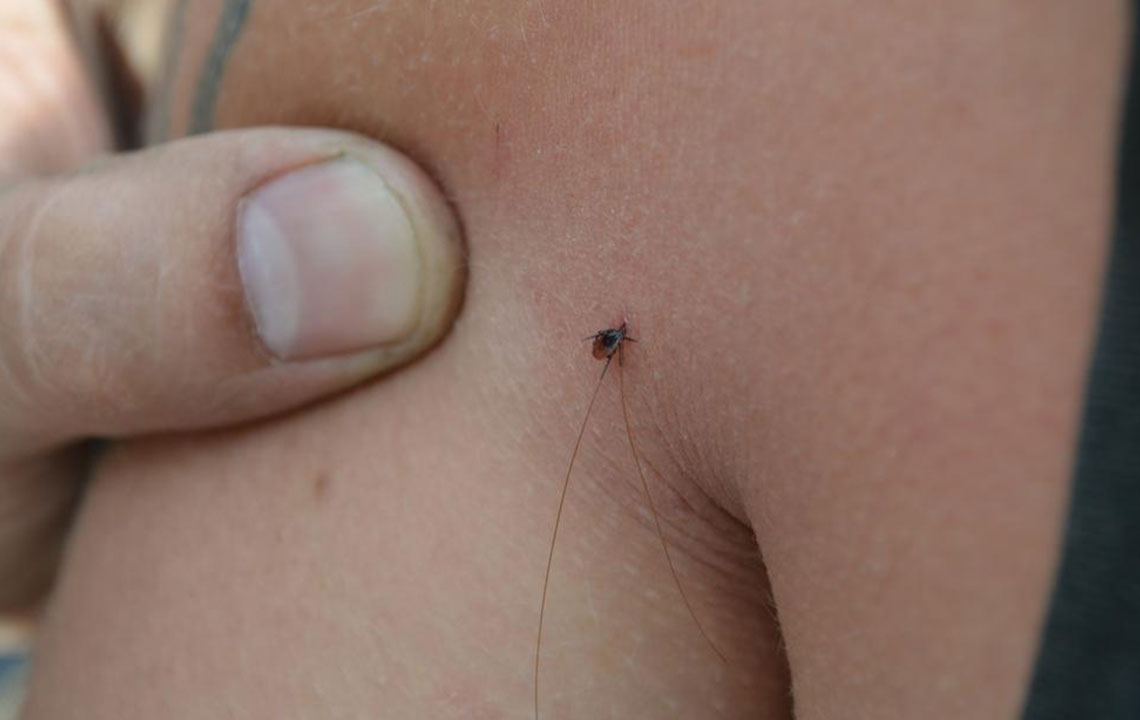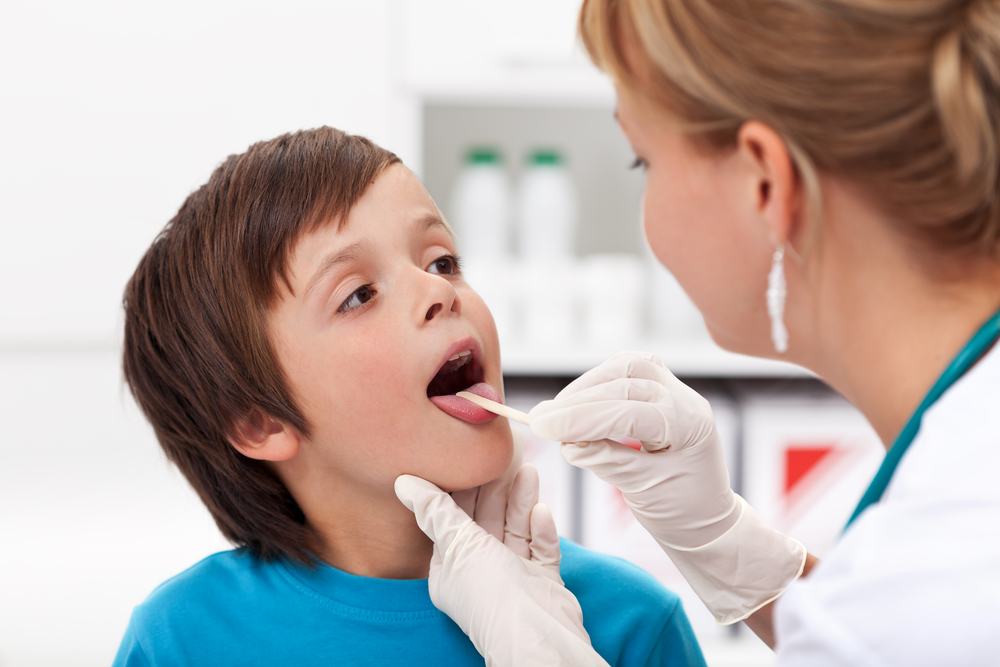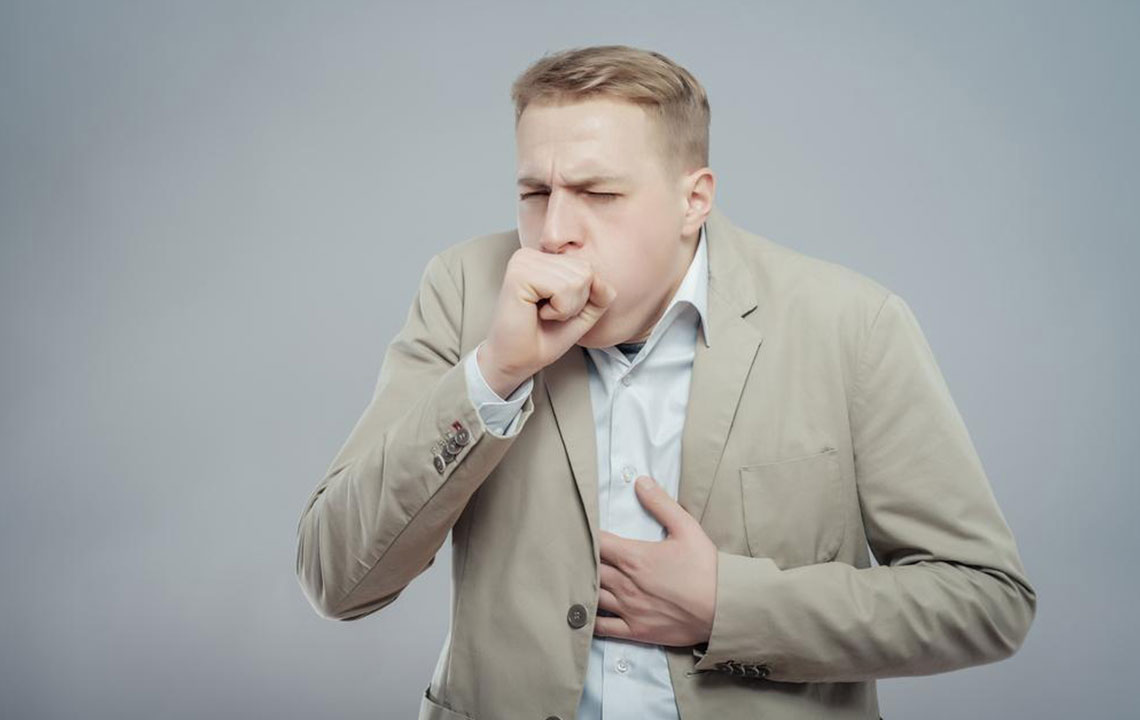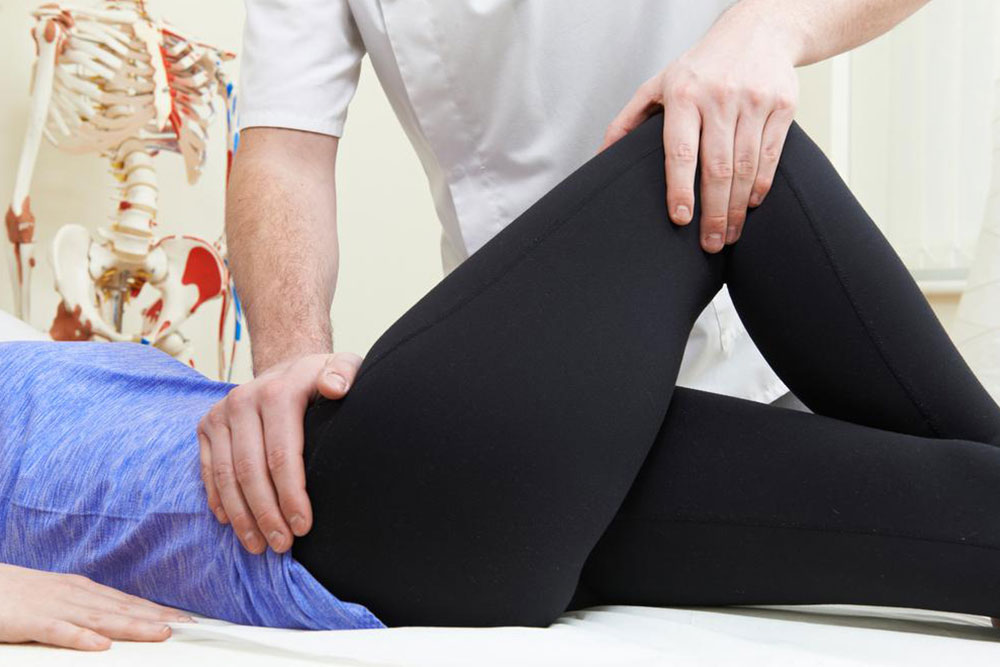Comprehensive Strategies for Effectively Managing Hives and Skin Allergies
This comprehensive guide provides in-depth information on hives, including causes, types, triggers, and effective management strategies. Learn how to identify symptoms, when to seek urgent medical help, and discover practical home remedies and natural treatments to soothe itchy, inflamed skin. Stay informed to manage outbreaks better and prevent future flare-ups with expert advice on allergic skin reactions.

In-Depth Guide to Managing Hives and Skin Allergies
All Essential Information About Hives and Skin Reactions
Encountering hives for the first time can be a startling experience, especially when sudden, flesh-colored or reddish welts develop on your face, neck, or other parts of the body. These skin eruptions can appear unexpectedly, causing discomfort and concern. Children are also susceptible, often bringing home itchy, alarming rashes from school or outdoor activities. Understanding what hives are, why they occur, and how to manage them effectively is crucial for both immediate relief and long-term prevention.
When faced with itchy, raised skin bumps, many people instinctively turn to online resources, seek advice from friends, or consult healthcare professionals for quick solutions. While some home remedies provide temporary relief, knowing the proper treatment options and when to seek medical attention can significantly improve outcomes. This comprehensive guide offers detailed insights into skin reactions known as hives or urticaria, their causes, types, preventive measures, and treatment strategies to help you manage this common condition.
Hives manifest as red, itchy bumps of varying sizes, from small pinpoints to large, widespread patches. These welts often merge into larger areas, creating an uneven skin surface that can be distressing. Although most hives resolve within a day through home remedies, some may persist longer, requiring medical intervention. Understanding the different aspects of hives—including their classification, triggers, and management—is essential for effective control and prevention.
Different Types of Hives and Their Characteristics
Hives, also called urticaria, are categorized primarily based on their duration and persistence.
Acute urticaria typically lasts for less than six to eight weeks, often triggered by an identifiable cause.
Chronic urticaria endures beyond this period and may persist for months or even years, often requiring ongoing management.
In most cases, acute hives resolve spontaneously and do not necessitate extensive medical testing, whereas chronic hives may warrant further diagnostic evaluation to identify underlying causes.
Are Red, Itchy Bumps Something to Worry About?
Hives appear as raised, reddish or flesh-colored bumps on the skin. They are frequently triggered by allergic reactions but can also result from various other factors, including:
Medications, especially antibiotics or NSAIDs
Physical stimuli like cold, heat, or pressure
Infections such as viral or bacterial illnesses
Insect bites and stings
Stress and emotional factors
Underlying health conditions such as thyroid disorders or even certain cancers
Environmental triggers like sunlight or cold exposure
Identifying specific triggers is crucial to prevent future outbreaks. Keeping a symptom diary can help recognize patterns and avoid known allergens or irritants.
When to Seek Urgent Medical Care
While mild hives often resolve on their own within 24 hours, there are circumstances requiring immediate medical attention. If you experience:
Difficulty breathing or wheezing
Swelling of the face, lips, tongue, or throat
Dizziness, fainting, or weakness
Severe abdominal cramping or vomiting
these symptoms could indicate a severe allergic reaction known as anaphylaxis, which can be life-threatening. Emergency intervention is critical in such scenarios.
Effective Home Remedies for managing Hives
Most mild to moderate hives can be treated successfully with simple, at-home remedies aimed at soothing inflamed skin and alleviating itching:
Soaking in colloidal oatmeal baths or applying baking soda solutions can help reduce inflammation and calm irritated skin.
Applying cool, damp compresses or cloths to affected areas can provide rapid relief from itching and swelling.
Choosing gentle, fragrance-free soaps and skincare products minimizes skin irritation and prevents aggravation of hives.
Maintaining correct skin hygiene and avoiding harsh chemicals in lotions and cleansers contribute to overall skin health.
Natural and Alternative Remedies for Hives Relief
If conventional home treatments do not alleviate symptoms, natural remedies can be included for additional relief. Consider the following options:
Applying witch hazel extract, which contains tannins that help soothe, reduce irritation, and tighten the skin.
Using aloe vera gel, renowned for its anti-inflammatory and healing properties, to promote quicker recovery of inflamed skin.
Ingesting antihistamine-rich foods or supplements, after consulting a healthcare provider, may also reduce allergic responses.
Remember, it's essential to follow medical advice, especially if symptoms worsen or persist beyond a few days. Early and appropriate management ensures swift relief and reduces the risk of complications.





